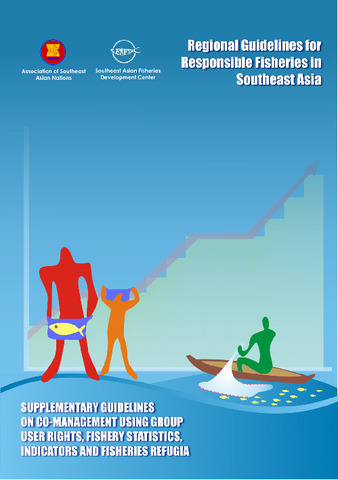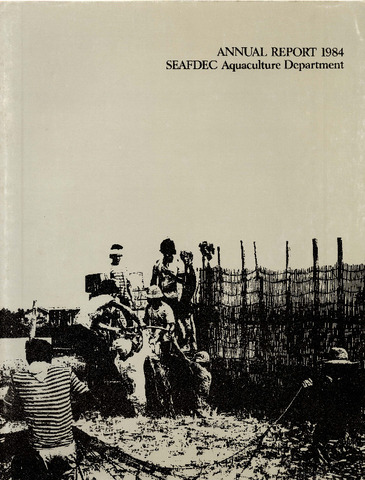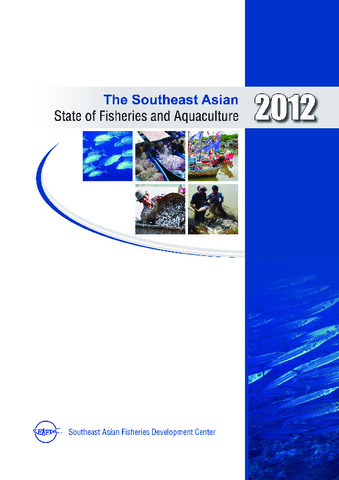Hidden in Plain Sight: freshwater whiprays of Southeast Asia and their ecological significance
Share
Abstract
Freshwater whiprays, belonging to the families Dasyatidae and Potamotrygonidae, are unique stingrays thriving in low-salinity environments such as rivers and lakes. Southeast Asia is the habitat of at least five whipray species belonging to the Dasyatidae family, namely: Fluvitrygon signifer, F. kittipongi, F. oxyrhynchus, Urogymnus polylepis, and U. dalyensis. SEAFDEC Marine Fishery Resources Development and Management Department (MFRDMD) explored the distribution patterns and conservation status of freshwater whiprays in Malaysia and Southeast Asia, highlighting the significant ecological roles and threats. Through DNA barcoding, the genetic diversity and phylogenetic relationships were examined among whipray populations, revealing distinct geographical clusters and considerable conservation concerns. The findings underscore the need for targeted conservation measures, including habitat protection, pollution control, and sustainable fishing practices, to ensure the survival and ecological integrity of freshwater whiprays. Continuous research and monitoring are essential to address the gaps in biodiversity knowledge and to implement effective conservation strategies in Southeast Asia.
Suggested Citation
Arshaad, W. M., Yusof, H. N. A., & Nor, R. M. (2024). Hidden in Plain Sight: freshwater whiprays of Southeast Asia and their ecological significance. Fish for the People , 22(2), 9-15. http://hdl.handle.net/20.500.12066/7523
Subject
Taxonomic term
Collections
Related items
Showing items related by title, author, creator and subject.
-
Regional guidelines for responsible fisheries in Southeast Asia: Supplementary guidelines on co-management using group user rights, fishery statistics, indicators and fisheries refugia
Association of Southeast Asian Nations; Southeast Asian Fisheries Development Center (Secretariat, Southeast Asian Fisheries Development Center, 2006-03)This 84-page Supplementary Guidelines further elaborates issues contained in the Regional Guidelines for Responsible Fisheries Management, i.e. Co-Management Using Group User Rights, Fishery Statistics, Indicators and ... -
Annual report 1984
Southeast Asian Fisheries Development Center, Aquaculture Department (Aquaculture Department, Southeast Asian Fisheries Development Center, 1985)The 1984 annual report of the Aquaculture Department of SEAFDEC is presented under the following main headings: 1) research; 2) training and extension; 3) administration. -
The Southeast Asian State of Fisheries and Aquaculture 2012
Southeast Asian Fisheries Development Center (Secretariat, Southeast Asian Fisheries Development Center, 2012)The Southeast Asian State of Fisheries and Aquaculture (SEASOFIA) was prepared by the Secretariat of the Southeast Asian Fisheries Development Center (SEAFDEC), in collaboration with the SEAFDEC Departments, namely: Training ...







